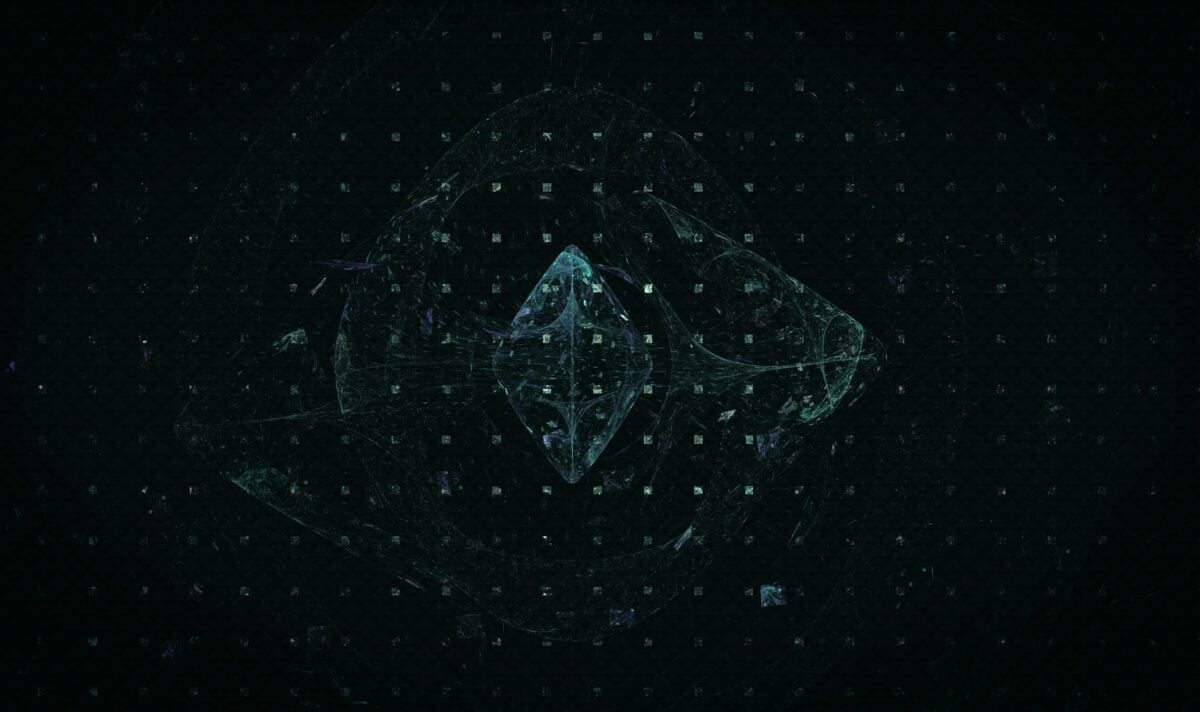Ardor ARDR: Building Scalable and Interoperable Blockchains
In the ever-evolving world of blockchain technology, scalability and interoperability have emerged as crucial factors for the success and widespread adoption of any blockchain platform. One blockchain project that has taken these challenges head-on is Ardor (ARDR). With its innovative approach and advanced features, Ardor aims to build a scalable and interoperable blockchain ecosystem that caters to the diverse needs of businesses and individuals alike.
Introducing Ardor: The Scalable Blockchain Solution
Ardor, created by Jelurida, is a cutting-edge blockchain platform designed to overcome the scalability and interoperability challenges encountered by conventional blockchains. Employing a novel parent-child chain architecture, Ardor segregates transactions and smart contracts into multiple chains, with the primary Ardor chain serving as the secure foundation for the entire network. This innovative approach enables Ardor to achieve remarkable scalability without compromising on security or decentralization.
By implementing a parent-child chain structure, Ardor significantly enhances its scalability capabilities. Each child chain operates independently, handling its own transactions and smart contracts. Meanwhile, the main Ardor chain secures the overall network by ensuring the validity and integrity of the child chains’ operations. This approach allows Ardor to process a large volume of transactions efficiently, addressing the scalability limitations faced by traditional blockchains. Moreover, by separating the functionality of each chain, Ardor ensures that the performance of one chain does not impact the others, resulting in a highly robust and scalable blockchain solution.
Scalability: Breaking the Chains of Limitations
One of the major pain points of traditional blockchain platforms is scalability. As more transactions occur on the network, the blockchain becomes increasingly congested, leading to slower transaction times and higher fees. Ardor solves this problem by utilizing a parent-child chain structure. The Ardor main chain, also known as the parent chain, processes and validates transactions, while the child chains handle specific use cases or applications.
By separating transactions across multiple chains, Ardor significantly improves the scalability of the entire network. Quantum ai, which is an online trading platform, each child chain can operate independently, allowing for parallel processing of transactions and reducing the burden on the main chain. This unique design enables Ardor to handle a higher transaction volume without compromising speed or security.
Interoperability: Bridging the Gap
Interoperability is another critical aspect that Ardor tackles with its blockchain platform. In the blockchain space, interoperability refers to the ability of different blockchain networks to communicate and interact seamlessly with each other. Ardor achieves this through its built-in feature called the “Smart Transactions.”
Smart Transactions allow Ardor to interact with external blockchains and legacy systems through lightweight, yet powerful, smart contracts. These contracts enable data exchange, value transfer, and cross-chain interoperability, thereby breaking down barriers and fostering collaboration between different blockchain ecosystems.
The Benefits of Ardor’s Approach
Ardor’s scalable and interoperable blockchain solution offers several advantages over traditional platforms. Here are some key benefits that make Ardor stand out:
Reduced Costs: By separating transactions into child chains, Ardor reduces fees and improves cost-efficiency, making it an attractive option for businesses and individuals alike.
Enhanced Security: With the Ardor main chain acting as the security backbone, all child chains inherit the robust security measures implemented at the core level, ensuring a high level of protection against potential attacks.
Flexible Customization: Ardor allows businesses and developers to create their own child chains with specific functionalities and tailor them to their unique requirements, fostering innovation and customization.
Streamlined User Experience: Ardor’s user-friendly interface and intuitive design make it accessible to both blockchain enthusiasts and newcomers, simplifying the onboarding process and enhancing user adoption.
Driving Blockchain Innovation Forward with Ardor
In the fast-paced world of blockchain technology, Ardor stands as a prominent solution that addresses the challenges of scalability and interoperability head-on. Its unique parent-child chain architecture, coupled with powerful smart contracts, sets the stage for building robust and flexible blockchain applications across various industries.
From finance and supply chain management to gaming and decentralized applications (dApps), Ardor’s scalable and interoperable infrastructure paves the way for a new wave of blockchain innovation. By providing a platform that can handle increased transaction volumes, interact with other blockchains seamlessly, and offer a customizable experience, Ardor empowers businesses and individuals to leverage the true potential of blockchain technology.
Conclusion
In a world where scalability and interoperability are paramount for blockchain success, Ardor (ARDR) emerges as a frontrunner in the race for building scalable and interoperable blockchains. With its parent-child chain architecture, Ardor tackles the scalability challenge while its smart contracts enable seamless communication with external systems, promoting interoperability. By harnessing Ardor’s unique features, businesses and individuals can unlock a world of possibilities and drive blockchain innovation to new heights.
The post Ardor ARDR: Building Scalable and Interoperable Blockchains appeared first on FinanceBrokerage.






























